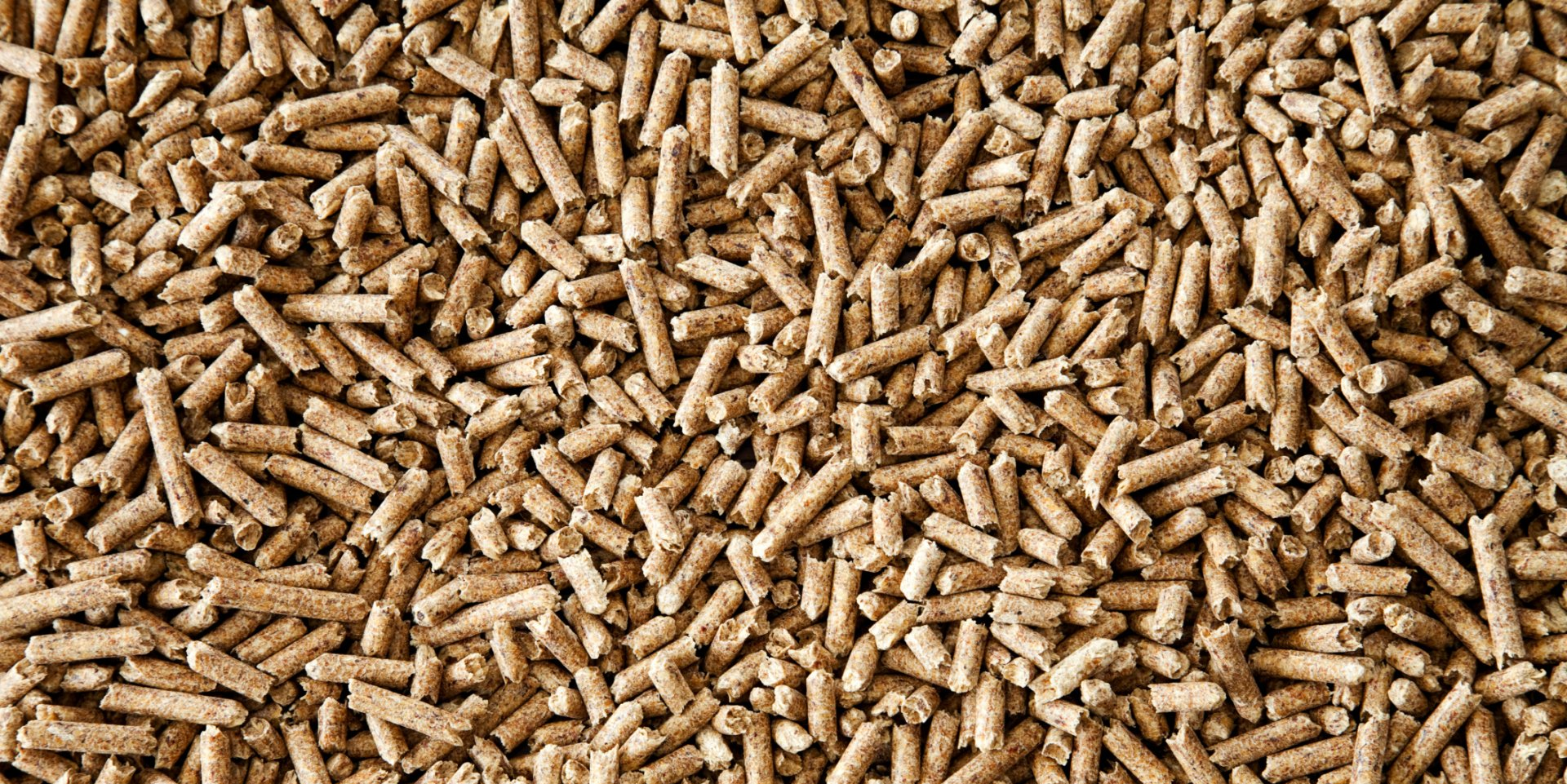The term "clean energy" evokes images of wind turbines or solar facilities dotting the landscape. But what about the image of clear-cut hardwood trees shipped off to Europe as wood pellets and burned to generate power?
North Carolina’s reputation as a clean energy leader in the Southeast is tarnished by the wood pellet industry boom, driven by European demand for wood pellets, as this recent Sierra Club article notes. The European Union (EU), though, may be changing its stance on the carbon neutrality of wood biomass, as scientists, environmentalists, and EU members argue that burning wood pellets produces a significant amount of carbon emissions and destroys forests that are critical to carbon sequestration.
 The North Carolina Chapter of the Sierra Club and its allies have taken an active role in trying to stop the wood pellet industry from expanding further into the state and promoting strict regulations and controls for production permits.
The North Carolina Chapter of the Sierra Club and its allies have taken an active role in trying to stop the wood pellet industry from expanding further into the state and promoting strict regulations and controls for production permits.
"We’re fortunate to have an administration that has publicly recognized the critical nature of the climate crisis and taken steps to fight it here in North Carolina," says Erin Carey, director of coastal programs for the N.C. Sierra Club.
Gov. Roy Cooper did not include wood pellets in the state's Clean Energy Plan, recognizing that wood pellets are not a clean energy resource. But the administration has done nothing further to slow or stop the industry.
"A clean energy plan that doesn’t actively work to curtail the clear cutting of North Carolina forests by the wood pellet industry is falling way short of its potential," Carey says. "It is essential that we preserve the ability of our beautiful forests to not only sequester carbon but also provide the clean air and water that is so important for both human and environmental health. Our first step toward that goal is stopping the wood pellet industry."
In 2009, the EU Renewable Energy Directive obligated member nations to generate at least 32 percent of their energy from renewable sources by 2030. The directive led to increasing use of wood pellets, especially in the United Kingdom (UK) when the UK’s Department of Energy and Climate Change published guidelines encouraging utilities to substitute wood biomass in coal-fired plants.
The UK guidelines included the option for power plants to burn wood pellets to help them meet EU standards. But the guidance ignored a critical piece of the carbon estimates, paving the way for the false claim that wood pellets were in fact "carbon neutral."
The wood pellet industry’s growth increased dramatically after this false claim was made. In fact, the UK remains the top European pellet consumer, burning 9 million metric tons in 2019, followed by Italy at 3.3 million metric tons and Denmark at 2.5 million metric tons.
Currently, the EU standard for renewable energy only considers emissions from producing and transferring wood pellets to European plants. Emissions from the burning of wood pellets are not counted despite the fact that burning pellets releases more carbon dioxide into the atmosphere per unit of electricity than coal. The Intergovernmental Panel on Climate Change (IPCC) notes that it takes about 100 years for forests to offset the carbon released by burning pellets.
Is this EU standard going to change? It appears likely. At the 25th United Nations Climate Summit (COP25) at the end of 2019, two members of the European Union announced that the carbon neutrality designation for wood pellets would be reviewed. In addition, the European Academies’ Science Advisory Council released reports near the end of COP25 that intensified its criticism of biomass for energy and the carbon neutrality designation.
A thorough review of the EU Renewable Energy Directive is expected this year, after the EU took the entirety of 2020 to determine its carbon reduction goals under the Paris Agreement. At the end of December, EU President Ursula Von der Leyen increased the EU carbon emission commitment to 55 percent of 1990 levels within a decade and British Prime Minister Boris Johnson announced that he wanted the UK – which left the EU in January 2020 - to cut greenhouse gases by 68 percent from 1990 levels by 2030.
Where do these policy changes leave North Carolina? In 2020, the EU imported 12.5 million metric tons of wood pellets - with over a third of that amount from the southeastern United States, where logging is well-established and much less restricted than in Europe. The U.S. Department of Agriculture’s Global Agriculture Information Network notes that the EU’s wood pellet market has been unaffected by the COVID-19 pandemic and, unfortunately, is expected to increase in 2021.
Eniva, the world’s largest wood pellet maker, has two North Carolina plants. One is located in Ahoskie, which annually converts 850,000 tons of trees and waste wood into pellets, and another is in Northampton County. The Roanoke River watershed surrounding Ahoskie is one of the last remaining diverse ecosystems in the southeastern United States and it continues to be threatened by the presence of wood pellet manufacturing. If, as expected, the EU changes its EU Renewable Energy Directive, European demand for wood pellets may significantly decrease. At that point, would wood pellet manufacturers look to the U.S. energy sector to burn this biomass?
The N.C. Sierra Club remains optimistic that the EU will change its Renewable Energy Directive later this year and that North Carolina will take a leading role in the regulation of wood pellet production in the southeast.
The destruction of Southern forests in order to manufacture wood pellets to ship across an ocean to burn in Europe should not be incentivized. Rather than burning them and exacerbating the problem, we need our forests to remain intact as carbon sinks to help address climate change and to protect air quality.